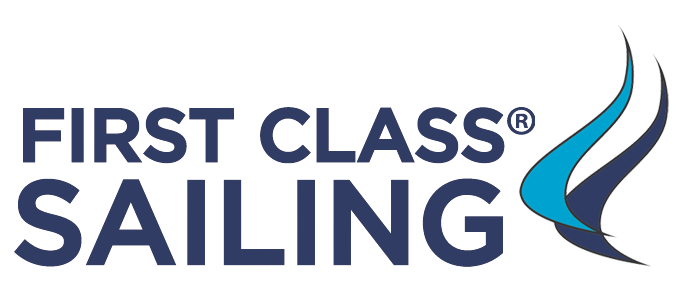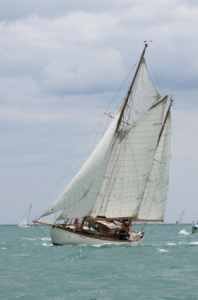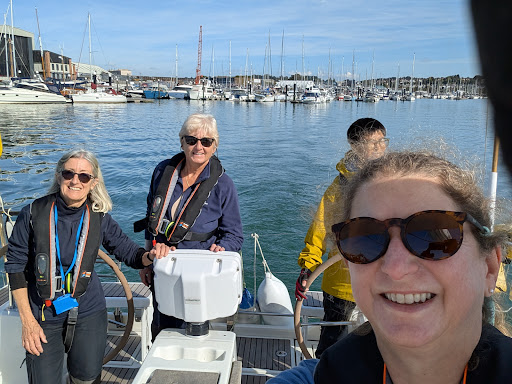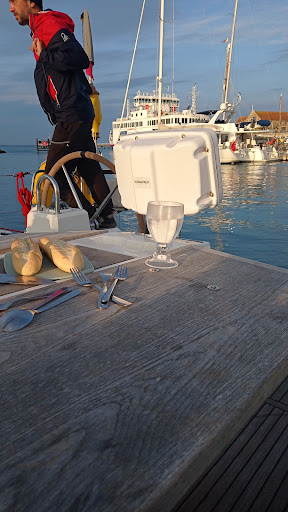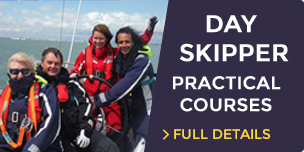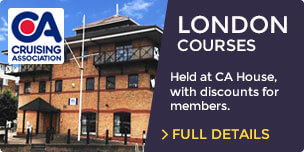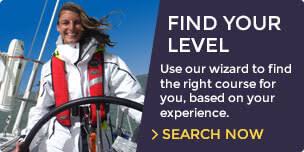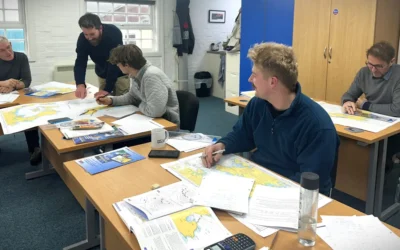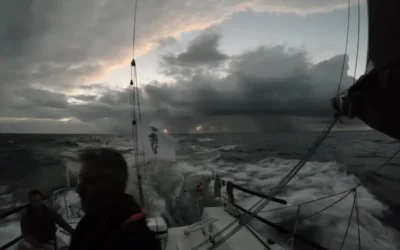As Maybird left Malin Head to port on her track westwards I often think you then sail into an area where, the GPS is more accurate than the digital charts on which it plots your position and the notion of Local Knowledge has to be plucked out of the Navigator’s toolbox along with the old stalwarts: lead,log and lookout.
Note the use of the word “extreme”
The vast bulk of the Admiralty paper charts for Ireland’s west coast are based on surveys carried out in the 1850’s and 1860’s. It’s therefore not surprising that many charts are not converted to today’s ubiquitous WGS 84 datum and contain warnings which urge the navigator to keep a safe distance off headlands and hazards and to navigate with extreme caution.
Admiralty parlance does not overstate for the sake of it. Despite the digital chart plotter’s siren attractiveness like its paper equivalent it is based on these surveys carried out over 150 years ago so the navigator has on occasion to revert to the “old barricades” of traditional navigation.
Local Knowledge is often mentioned in good pilot books as a vital ingredient to the mix of tidal atlases, tidal curves, large scale charts, almanacs and harbour regulations/guidebooks. I find that the more one sails in Non Big Ship Country the more useful Local Knowledge to supplement the other tools of pilotage and navigation.
A couple of recent examples
Manoeuvring Maybird to lie against the pier at Tory Island necessitated reversing into a shallower part of the harbour to avoid blocking the ferry berth. I was tentatively following the pilot book recommendation but, on being assured Maybird would be “grand” 10 more metres astern I followed this advice and all worked out well.
The source of this wisdom was a fisherman on a nearby boat who, after enquiring what Maybird’s draft was gave his recommendation.
A few days later I was attempting the pilotage up the Garavogue River to Ballast Quay in the heart of Sligo. After conferring with the harbour master over the phone he pointed out some very useful “marks” ashore not mentioned in the pilot books and also the significance of what at first appeared to be just empty plastic milk bottles tethered in the middle of the stream abeam of some of the lateral marks.
I would be the first to agree that one must be happy that the wisdom being given does come from a reliable source but for my money the knowledge of harbour masters and fishermen about their local patch is an essential addition to the Navigator’s toolbox. By the way, Maybird did make a happy landing at Sligo’s Ballast Quay and the harbour master’s recommendation of which bar to go to for that important first pint was equally good.
If you want to learn the skills Darryl has displayed above the best place to start is the RYA Coastal Skipper Course. It teaches advanced skippering techniques for those wanting to undertake coastal passages by day and night.
